Nakayama is in between Narita And Haneda International Airport
<クッキーについての同意並び欧州居住者向けプライバシーポリシー>
中山・下総・散歩道
Imai no Watshi Ato | The Remains at the Ferry at Imai
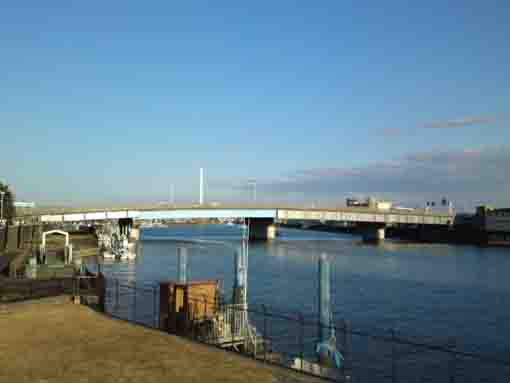
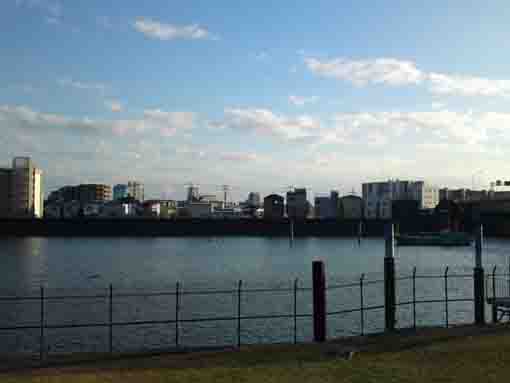
Imai no Watashi (The ferry at Imai) was one of the ferries set along Edogawa River to cross. The ferry having operated on the little north of Imaibashi Bridge between Imai (now in Edogawaku) and Gyotoku (now in Ichikwa-shi) and there are the remains of the ferryports on both east and west bank. Saiokuken Socho, a renga poet in Muromachi Period, described the ferry in his essay 'Azumaji no Tsuto', so it had long history. In Edo period, it had another role of barrier that had checked people who would pass severely. Actually, it is very severe to check the people at the ferry, residents in Urayasu and Kasai who had own land in both areas could only cross the river. And many products and people on boats from Boso, Tohoku and northern Kanto region to Edo had passed the river. The remains of the ferry at Imai tells the history of the waterway to Edo. Why don't you visit it?
The Remains of the Ferry at Imai
Imai no Watashi Ato / The Remains of the Ferry at Imai
There is no information when the ferry at Imai set on. In 1509, Saiokuken Socho, a renga poet, wrote the name of the ferry 'Imai no Tsu' on his travel note 'Azumaji no Tsuto'. It suggests that the ferry could have existed at that time.In Edo period, Tokugawa Bakufu had never built any bridges on rivers to protect Edo, and ferryboats had been severely managed so it became a barrier. Travelers could not take on the ferryboat at Imai. Although farmers could cross the river to cultivate their land, they had to inform their reasons to cross it to a local administrator.
After Edo Bakufu ended, people could get on the ferryboat to cross the river and residents of the areas and travelers to go to Narita had got on the boats, the operation of the ferry had continued until Imaibashi bridge was completed in 1912.
Revised March 2014
Edogawaku Board of Education
今井の渡し跡案内板より
引用、抜粋並びに参考
今井の渡し跡案内板(江戸川区)
今井の渡し跡案内板(市川市)
江戸川区ホームページ
市川市ホームページ
江戸名所図会6 ちくま学芸文庫
房総叢書 紀元二千六百年記念 第6卷葛飾誌略
A Walk on the Remains of the Ferry at Imai and Edogawa River
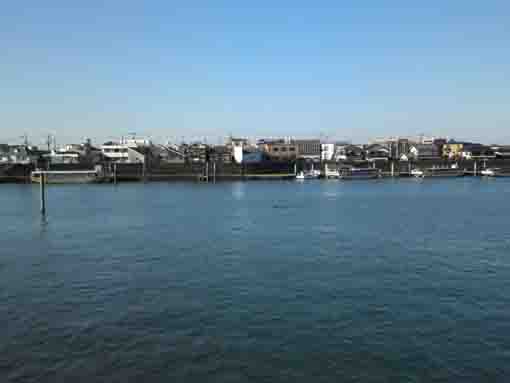
The Remains of the Ferry at Imai in Gyotoku
Ieyasu Tokugawa used to landed there to go hawking in Togane.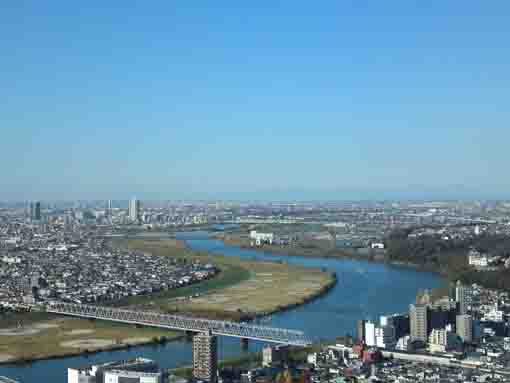
A Walk Along Edogawa River
There are several beautiful parks and landmarks having its long history along the river.The Access to the Remain of the Ferry at Imai on West Bank
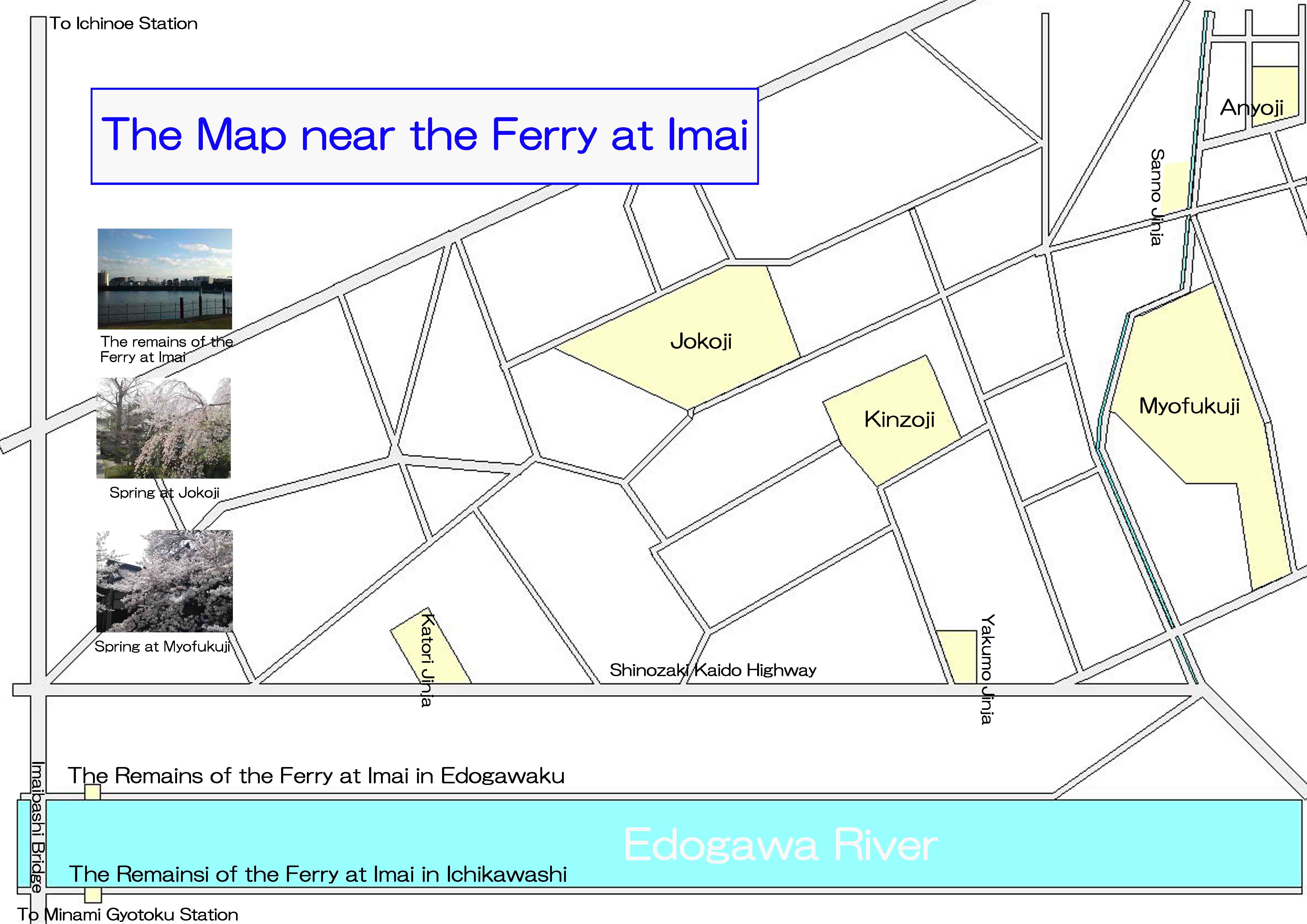
The map to the noted spots near the remains of the Ferry at Imai
PDF of the map to the landmarks near the remains of the Ferry at Imai (Imai no watashi ato)The Remain of the Ferry at Imai on West Bank
- The Remain of the Ferry at Imai on West Bank has great accessibilities from both Narita and Haneda International Airport.
- From Narita International Airport, take Sobu Express Line bound to Tokyo or Yokosuka and get off at Funabashi Sta, then transfer the line to Sobu line bound to Nakano or Mitaka ang get off at Motoyawata Sta. Or take Keisei-line bound to Ueno and get off Keisei Yawata Sta. Both from Motoyawata Sta and Keisei Yawata Sta, transfer the line to Toei Shinjuku line and get off at Ichinoe Sta.
- From Haneda International Airport, take Keikyu-line bound to Narita, and get off Shinagawa Sta and transfer the line to Sobu Express line bound to Narita International Airport or Chiba, and transfer the line at Ichikawa Sta to Sob line bound to Nishi Funabashi, Tsudanuma or Chiba and get off at Motoyawata Sta. Or take Keikyu-line bound to Narita, and get off Keisei Yawata Sta. Both from Motoyawata Sta and Keisei Yawata Sta, transfer the line to Toei Shinjuku line and get off at Ichinoe Sta.
- From Iwamotocho Station at Akihabara, take Toei Shijuku line bound to Motoyawata and get off Ichinoe Sta.
- Take 11 minute walk from Ichinoe Sta.
The Noted Spots around Funabori, Ichinoe and Kasai
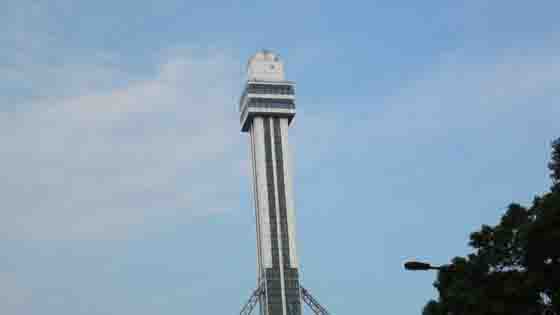
The Observatory on Tower Hall Funabori
Visitors could enjoy seeing some special views of Tokyo.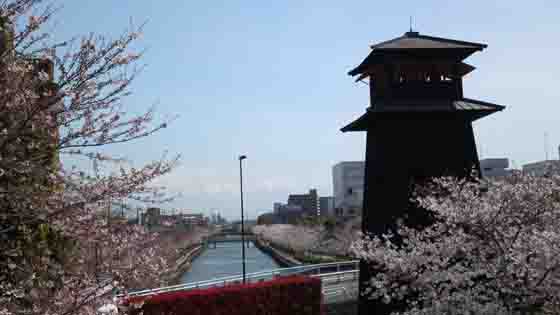
A Walk Along Shinkawa River
There are some Edo style, some wooden buildings and thousands of cherry trees along the river.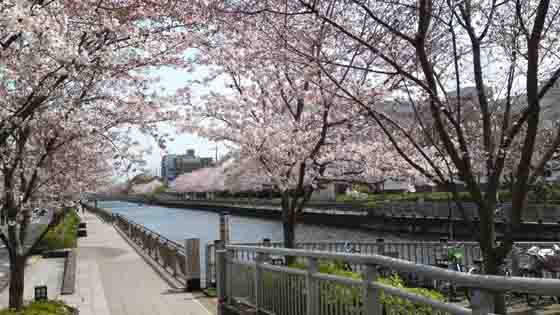
Thousands of Cherry Trees along Shinkawa River
In spring, thousands of sakura along it beautifully bloom.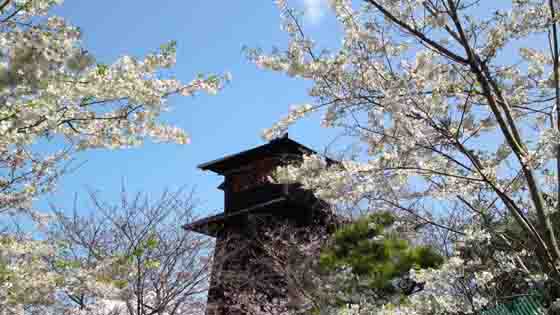
Shinkawa Nishi Suimon Hiroba Plaza
There are a Edo style fire lookout and an old lock gate in the plaza.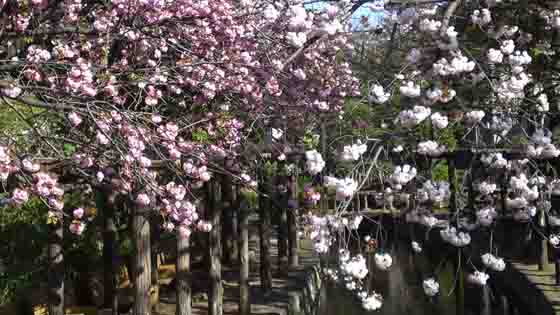
Furukawa Water Park
It is the first water park in Japan and a famous spot for viewing Sakura and hydrangeas.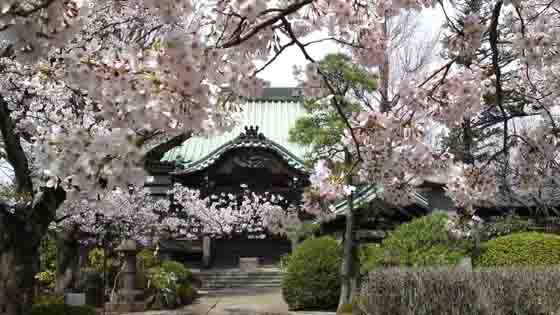
Honkakusan Myoshoji Temple
There are some seasonal flowers blooming in every season, sakura especially blooms beautifully.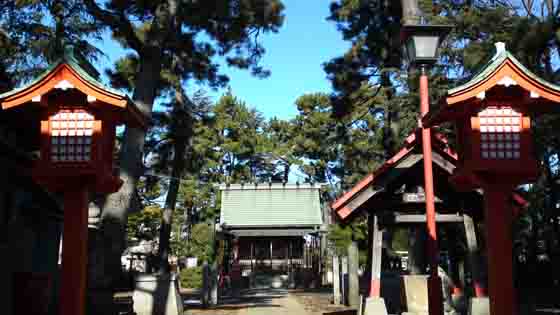
Ninoe Jinja Shrine
There are several tall pine trees and a 500 years old giant zelkova tree in the shrine.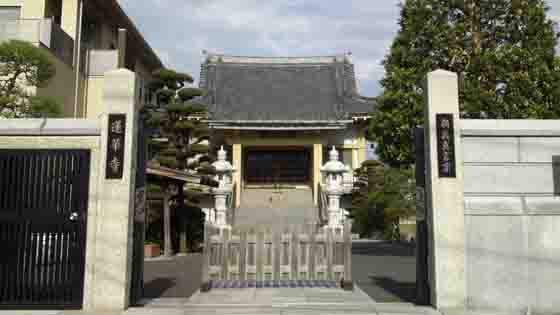
Kaishosan Rengeji Temple
The principle image is the statue of Sho Kanzeon Bosatsu carved by Gyoki.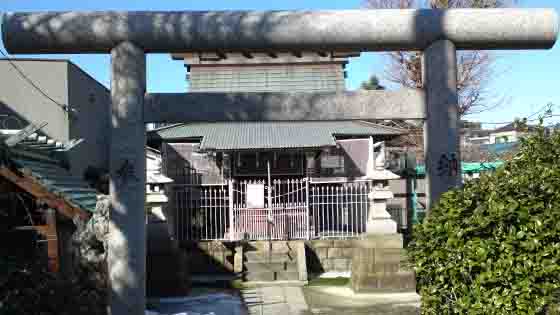
Kumano Jinja Shrine
There is a stone tablet scribing a haiku poem written by Basho Matsuo.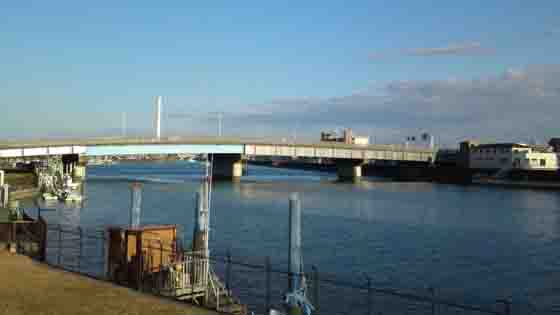
The Remain of the Ferry at Imai
The ferryport at Imai is appeared on an essey written by Socho, a renga poet in Muromachi period.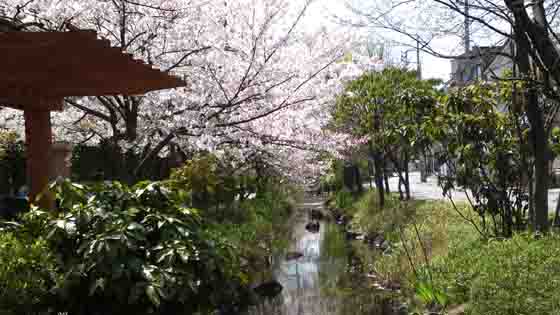
Ichinoe Sakaigawa Water Park
The park has many sakura and seasonal flowers, visitors could enjoy all seasons.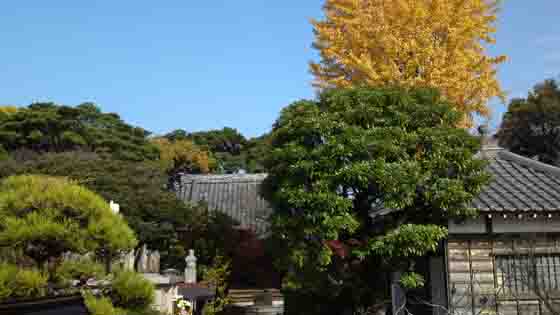
Iousan Myouonji Temple
It has the legend 'the One-eyed Crucial Carps' telling the miracle power to cure eye diseases.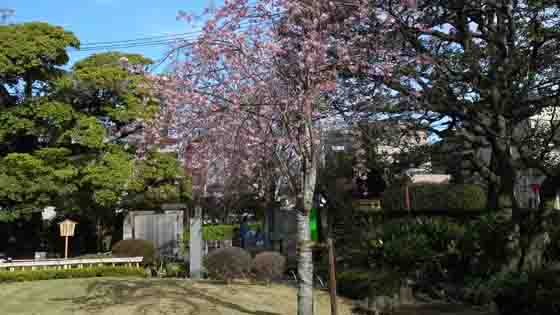
Ichinoe Makkotei Residence Park
In spring, weeping cherry trees bloom, in fall, colored leaves decorate the garden.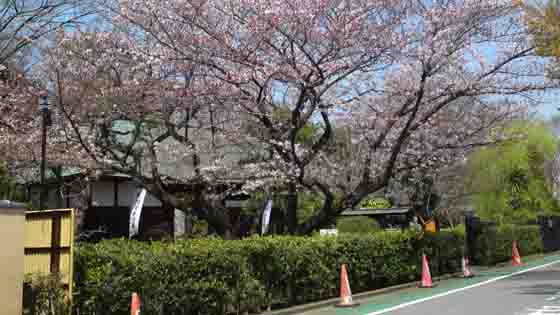
The Residence of Ichinoe Nanushi Yashiki
The traditional Japanese style residence with a thatched roof.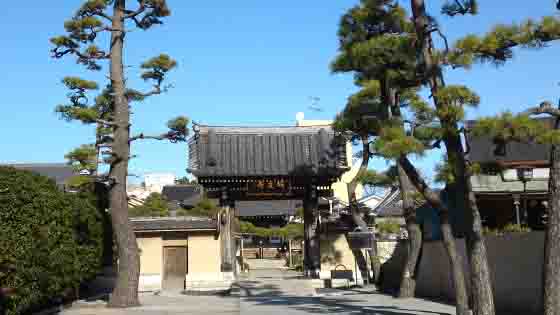
Honkosan Joryuji Temple
It is an important temple to know the history of Ichinoe area.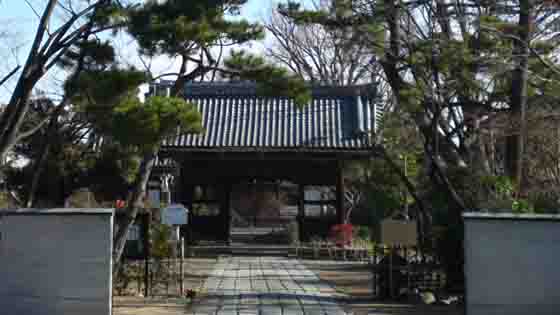
Chogyosan Daiunji Temple
It has tombs of Kabuki Yakusha and it is called Yakushadera.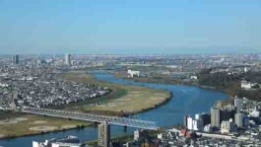
A Walk Along Edogawa River
The areas along the river have many noted spots that people could enjoy history and culture.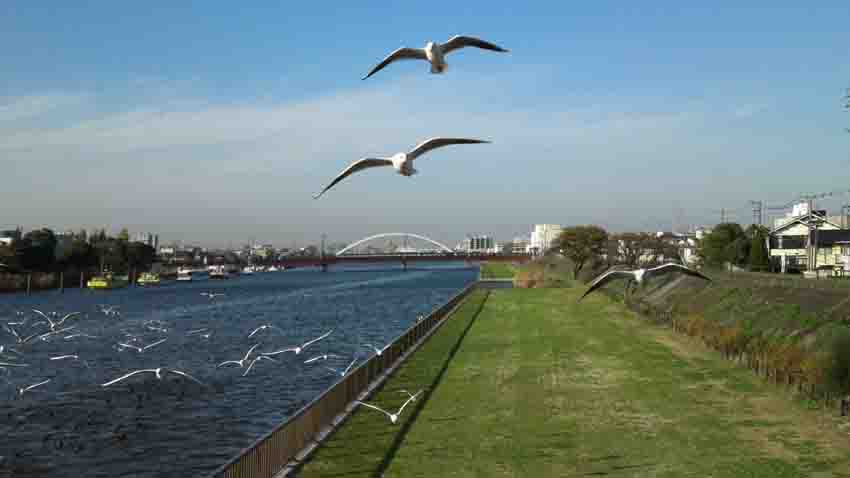
A Walk Along Shinnakagawa River
There are some historical and cultural spots along the river.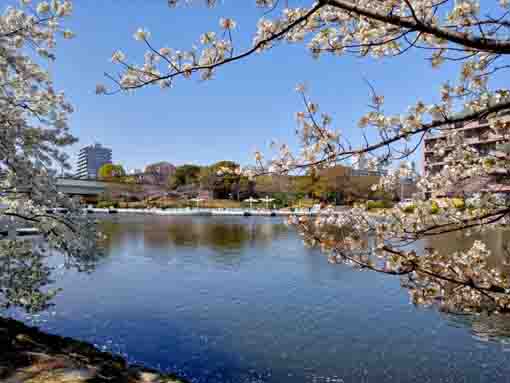
A Walk On Shinsakongawa Water Park
It is opened along Sakongawa River in Edogawaku.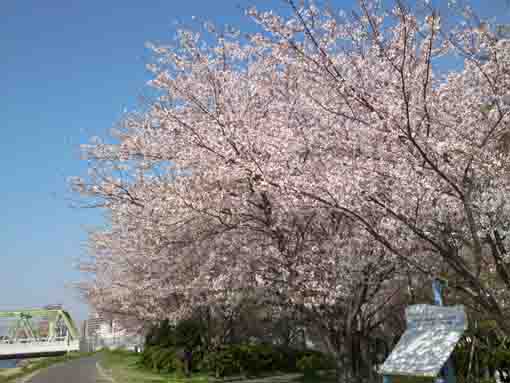
Viewing Seasonal Flowers along Edogawa River
On the banks, many beautiful flowers blooming.- 広告 Advertisement -
